Plastics recycling PP compounding Seaweed harvester Eat plastic Green hydrogen 10-01-2022 - Arhive
Plastics recycling PP compounding Seaweed harvester Eat plastic Green hydrogen
-Emerson to provide advanced automation technologies for revolutionary plastics recycling plant
Digital solutions will enable ReNew ELP to safely operate first-of-its-kind plastics recycling process
ReNew ELP, a UK-based advanced recycling company, has selected Emerson as its digital automation partner for its new plastics recycling plant in Teesside, North East England. Emerson’s advanced automation technology and software will help achieve safe, efficient operation of an innovative hydrothermal process to convert end-of-life plastics back into their original feedstock to produce new plastic products, reducing waste and pollution.Plastics recycling PP compounding Seaweed harvester Eat plastic Green hydrogen
Currently, many post-consumer plastics, including flexible and multi-layer plastic packaging items, such as films, pots, tubs and trays, are considered ‘unrecyclable’ via traditional mechanical recycling methods and are instead sent to landfill or incinerated. After a short first-use cycle, 95% of plastic packaging material value, or $80–120 billion annually, is lost to the economy, according to the World Economic Forum(pdf download).
“By converting end-of-life plastics into fossil-replacement feedstocks, ReNew ELP has the potential to eliminate unnecessary single-use plastic and make the raw ingredients for a circular plastics economy, creating value instead of waste,” said Richard Daley, managing director, ReNew ELP. “Pivotal to achieving these goals is the construction of this first commercial-scale plant using a unique hydrothermal platform and in Emerson, we have found a valuable, long-term partner to create an advanced automation model for further plants planned across Europe.”
The ReNew ELP plant will utilize a ground-breaking advanced recycling process called HydroPRS™ (Hydrothermal Plastic Recycling System), that uses supercritical steam (high pressure and temperature) to convert waste plastics into the valuable chemicals and oils from which they were originally made. These products can then be used to manufacture new plastics and other materials.
Plastics recycling PP compounding Seaweed harvester Eat plastic Green hydrogen
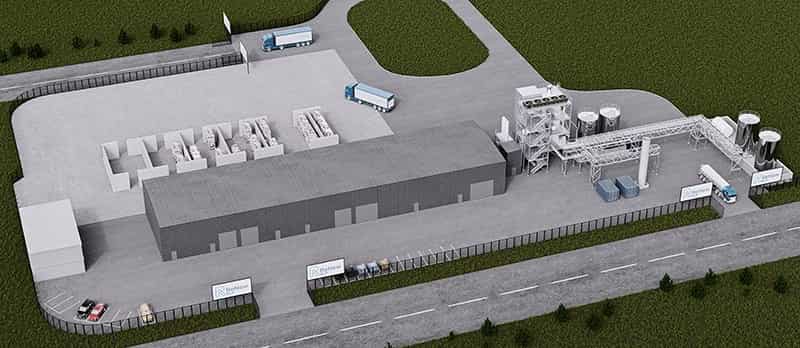
-Sabic opens new PP compounding line in Belgium
The added capacity is designed for use in lightweight PP automotive, home appliances, and consumer goods applications.
Chemical maker Sabic has started up its new polypropylene (PP) compounding line in Genk, Belgium.Plastics recycling PP compounding Seaweed harvester Eat plastic Green hydrogen
The new line is an addition to the company’s existing production capacity for Sabic PP compounds at the Genk site, and will use raw materials from Sabic’s PP plants at Gelsenkirchen, Germany, and Geleen, The Netherlands.
According to Sabic officials, the plant has been equipped with large-scale extrusion technology “to meet the market’s growing demand for high-quality, high-performance PP compounds with reliable and consistent supply.”
“This investment is part of our business strategy for growth through advanced PP compound solutions designed to help customers develop next-generation lightweight applications in industries such as automotive, home appliances, and consumer goods,” said Lada Kurelec, Sabic’s general manager for PP and E4P business.
Plastics recycling PP compounding Seaweed harvester Eat plastic Green hydrogen
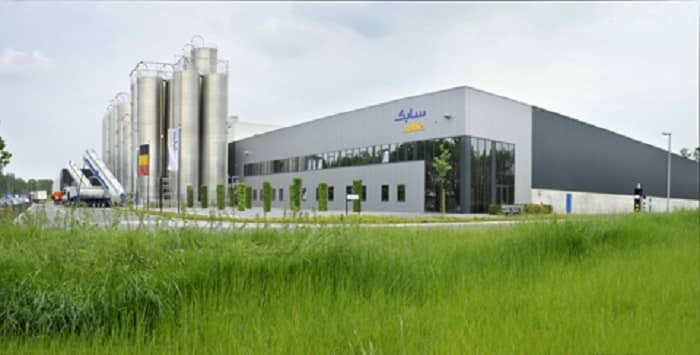
-An Indian startup could revolutionize ocean farming with its ‘sea combine harvester’
Often used to wrap sushi and flavor soups, seaweed has much greater potential — both as a food and for use in a wide range of products from cosmetics and textiles to biodegradable packaging and even biofuel.
Usually, seaweed is grown on ropes or nets suspended in the ocean, but current techniques make large-scale cultivation near impossible. Ocean farming is in the “stone ages,” according to Shrikumar Suryanarayan, co-founder and CEO of Bangalore-based Sea6 Energy and former head of research and development at Biocon, an Indian pharmaceutical company specializing in biologically-sourced medicines. “It’s like using a trowel and a pick to farm land.”
Founded in 2010, Sea6 Energy wants to mechanize ocean farming, just as tractors did for agriculture, with its “Sea Combine,” an automated catamaran that simultaneously harvests and replants seaweed in the ocean.
The machine travels back and forth between lines of seaweed, harvesting the fully-grown plants and replacing them with freshly-seeded lines.
A prototype is currently deployed at the company’s seaweed farm off the coast of Indonesia. The Southeast Asian nation has a tradition of seaweed farming that involves villagers tying pieces of seaweed to ropes and hauling them out to sea, before manually harvesting the lines, and there is a strong appetite for the crop there, according to Suryanarayan. As the technology develops and the market widens, the company intends to deploy more Sea Combines, including in its home country, India.
While the global seaweed industry doubled in size between 2005 and 2015, and produced 33 million metric tons in 2018, labor-intensive and costly production is expected to impede market growth, according to market research firm Fortune Business Insights.Plastics recycling PP compounding Seaweed harvester Eat plastic Green hydrogen
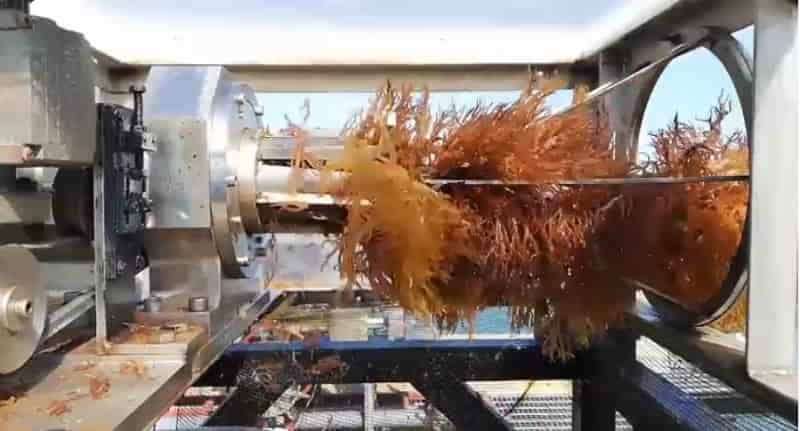
-TOMRA is ready for the expansion of the deposit return system in Germany from January 2022
TOMRA, the international market leader for reverse vending machines, expects a significant boost to Germany’s circular economy in the new year.
From January 2022, Germany’s deposit return system will expand to include alcoholic and milk-based mixed drinks and juices sold in one-way plastic packaging and cans. This will result in greater transparency for consumers, since up until recently, the system (set up in 2003) has included a special provision which exempts these beverages from the mandatory deposit. The expansion is expected to result in the collection of approximately 85 000 tonnes of additional plastic and aluminium, with the total volume of packaging returned to reverse vending machines increasing to some 500 000 tonnes. Plastics recycling PP compounding Seaweed harvester Eat plastic Green hydrogen
According to Deutsche Pfandsystem GmbH (DPG), the system’s operator, the overall return rate for disposable packaging in Germany is 98 percent. This not only means that there is much less refuse on roads and in forests but, more importantly, has made it possible to create a circular economy. Over 40 percent of the one-way bottles which are returned are now made from recyclate. This processed plastic can undergo the production process many times, replacing crude oil as a raw material. In its directive on single-use plastics (SUP), the EU has specified incorporation of only 25 percent of recycled plastic in PET bottles by 2025, with the objective of promoting closed material cycles to the greatest extent possible. Latvia, Slovakia, Romania, Turkey, Greece, Malta, Portugal, Ireland, and Scotland have responded to this legislation by passing regulations to create deposit systems for plastic packaging either next year or the year after (see map).
Plastics recycling PP compounding Seaweed harvester Eat plastic Green hydrogen
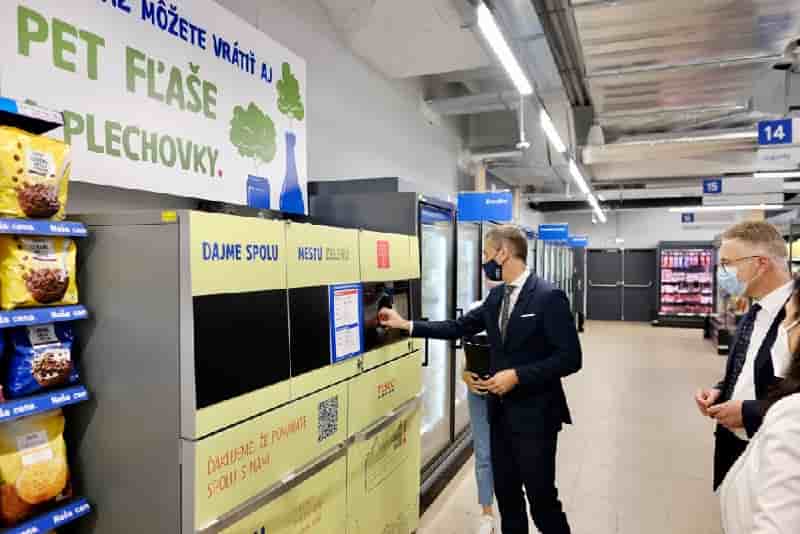
-‘Recover’: cocktails of worms, insects and microbes that eat plastic
Humanity itself has created some of its greatest challenges. This is the plastic case. Latest assessment of the Food and Agriculture Organization of the United Nations (FAO) About this waste warns that its presence on land is greater than the presence of seas. According to FAO Deputy Director-General Maria Helena Semedo, “Soils are one of the main acceptors of agroplastics and are known to contain higher amounts of microplastics than oceans.” Faced with this challenge, Maria José Lopez, a microbiologist at the University of Almería, is coordinating the European project RecoveryIt is a plan to reduce waste from cocktails of insects, worms and microbes capable of converting non-recyclable plastics into bio-products or removing them from the earth.Plastics recycling PP compounding Seaweed harvester Eat plastic Green hydrogen
the Evaluation and sustainability of agricultural plastics The Food and Agriculture Organization estimates that agricultural and livestock production, as well as food packaging, produces 60 million tons of plastic products annually compared to 2 million tons from fishing and aquaculture. Half of the global total comes from Asia.
Since the beginning of the conquest of plastics, since 1950, 6,300 million tons of this waste has been generated, of which nearly 80% has not been disposed of properly. Microplastics, less than five millimeters in size, according to the Food and Agriculture Organization, are found even in human feces and the placenta.
The United Nations proposes a Six-Party Plan, an urgent line of action that includes “reject, redesign, reduce, reuse, recycle and take back”. Maria José Lopez in this regard: “Despite the implementation of many measures to reduce it, the production of plastic that eventually ends up in the environment and in our homes continues.”
To deal with this artificial plague, the Recover project, funded by the European Union, coordinated by researcher Almeria, has brought together 17 partners from seven European countries since 2020, within four years, to find possible solutions to the problem of soil pollution by turning plastic into bio-fertilizers or Similar but biodegradable products.
The researcher in Almeria explains: “We will do this thanks to a mixture of different microorganisms, insects and worms as tools for biotechnology. Insects and worms, with the microorganisms in their digestive systems and the enzymes they produce, work collaboratively, converting a large part of these plastics into components from which we will extract Chitin, a component of biodegradable plastic.
Plastics recycling PP compounding Seaweed harvester Eat plastic Green hydrogen
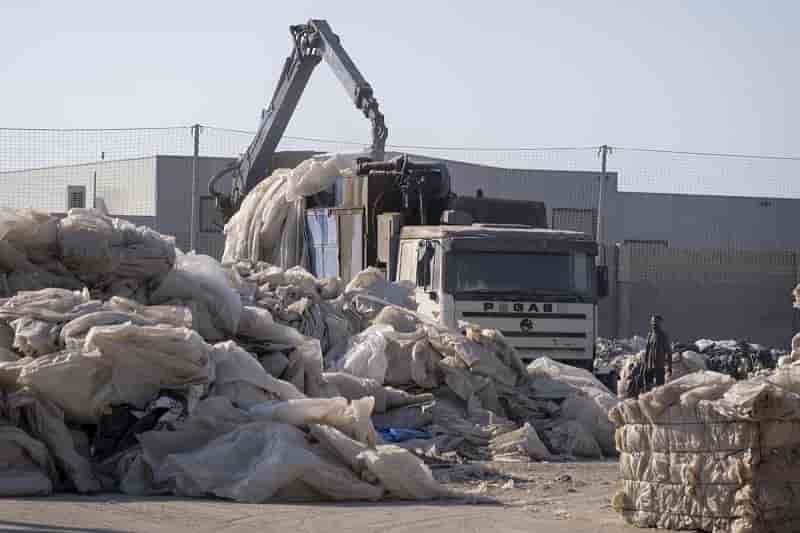
-Electrolyzer tech to produce hydrogen from seawater
With a new start-up and a consortium in the Netherlands, German automotive supplier Schaeffler wants to significantly reduce the costs of green hydrogen.
Researchers are working on reducing the cost of generating green hydrogen from offshore wind turbines in the North Sea.
German automotive supplier Schaeffler is currently working with partners from the Netherlands to extract hydrogen from seawater in a pilot project.
With demand for car components expected to decrease as a result of the transition to electromobility, the supplier is planning to expand its activities in the field of hydrogen which, according to Schaeffler, should also be supplied to the automotive industry.Plastics recycling PP compounding Seaweed harvester Eat plastic Green hydrogen
The idea of producing green hydrogen at sea, from large amounts of offshore wind energy is widespread.
However, this type of hydrogen production faces the major challenge electrolyzers require ultrapure water.
That means seawater must first be desalinated and then painstakingly cleaned and filtered before it can flow to the sensitive membranes, and is a process that is driving up the cost of green hydrogen.
Schaeffler has set up start-up Hydron B.V. in the Netherlands to develop polymer electrolysis membrane (PEM) systems.
To clean seawater before it reaches the membranes, the engineers have implemented a solution in which waste heat from the electrolysis process can be used to distill the salt water. Plastics recycling PP compounding Seaweed harvester Eat plastic Green hydrogen
The consortium says it has proven the functionality of its membrane distillation technology and the system was able to generate a kilogram of hydrogen per hour, with the membrane distillation making 10kg of ultra-pure water (UPW) available for electrolysis.
“The generation of green hydrogen from wind energy is an important growth area for Schaeffler,” said Bernd Hetterscheidt, head of the hydrogen strategic business area for the company. “In cooperation with our partners in the wind power industry, we want to become one of the leading providers of system components in this area. To do this, we combine the innovative technology of Hydron with the strengths of Schaeffler, such as our system understanding and our knowhow in the rapid scaling of products and projects in order to bring them onto the market as quickly as possible.”Plastics recycling PP compounding Seaweed harvester Eat plastic Green hydrogen
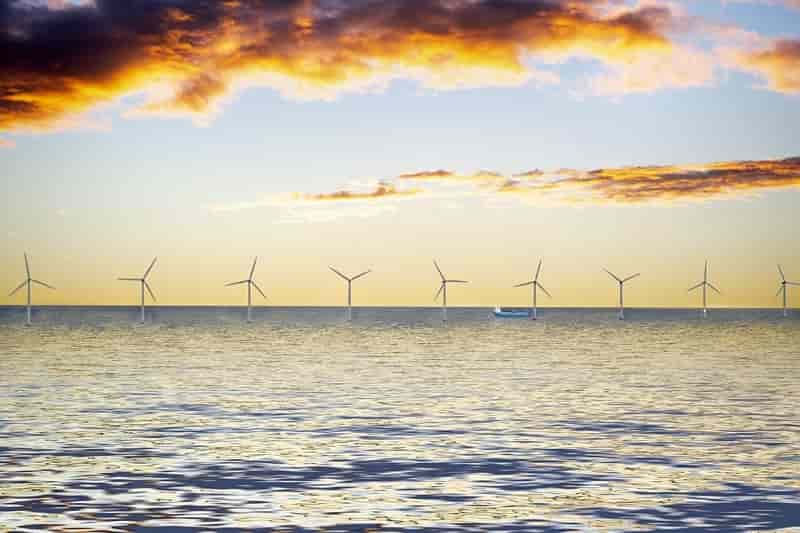
Plastics recycling PP compounding Seaweed harvester Eat plastic Green hydrogen
